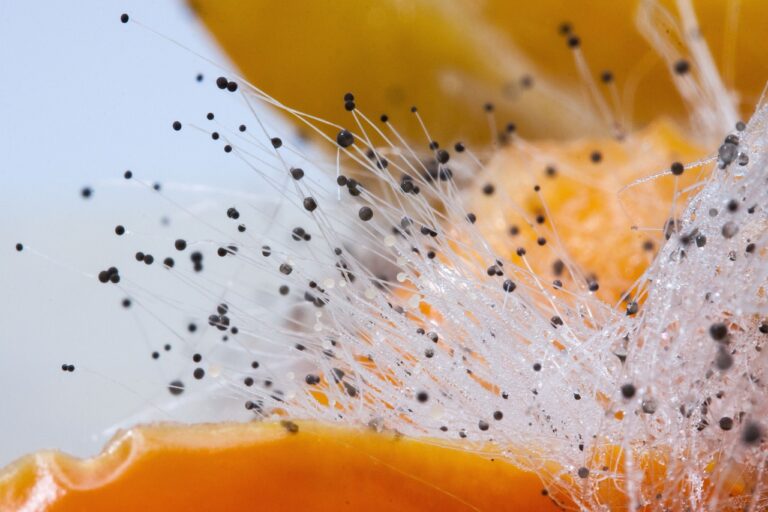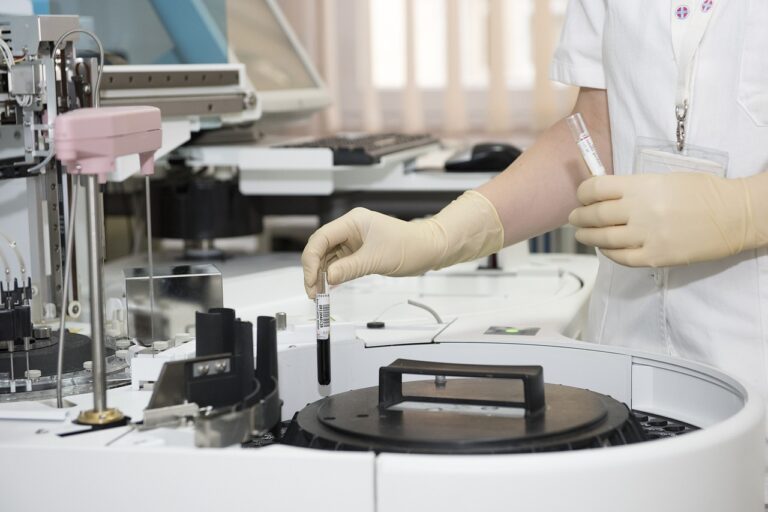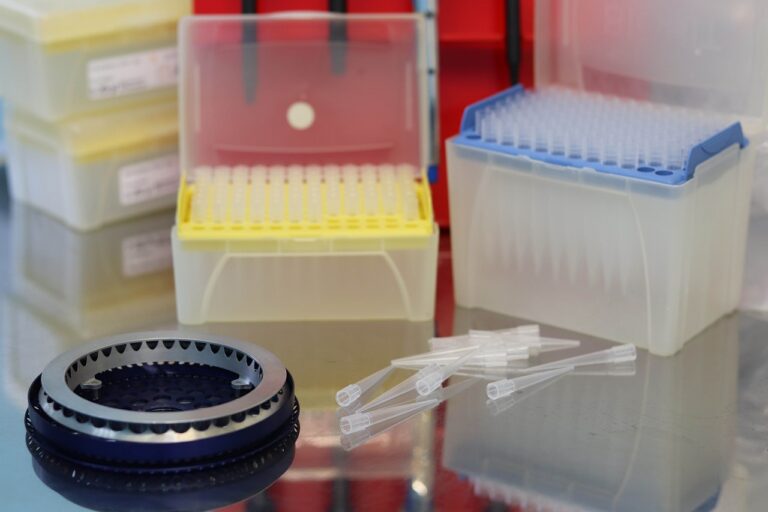Bioprinting Organs: Advancements in Regenerative Medicine
Bioprinting technology is a cutting-edge innovation that holds immense promise in the field of regenerative medicine. By utilizing 3D printing techniques, researchers and scientists can create complex structures using biological materials such as living cells and tissues. This revolutionary technology has the potential to revolutionize the way we approach organ transplants and tissue engineering by providing personalized solutions for patients in need.
The process of bioprinting involves layering bio-inks, comprised of cells and other bioactive materials, to build 3D structures that mimic the native tissues and organs of the human body. This precision in recreating biological structures opens up exciting possibilities for creating functional tissues and organs that can be used for transplantation or drug testing. Bioprinting technology represents a significant advancement in the field of regenerative medicine and has the potential to address the growing demand for organ transplants worldwide.
History of Organ Transplants
Organ transplants have a rich history dating back to the early 20th century. The first successful kidney transplant was performed in 1954 by Dr. Joseph Murray, paving the way for advancements in the field of organ transplantation. Following this milestone, the first heart transplant took place in 1967, further showcasing the potential of organ transplant surgeries to save lives and improve quality of life.
Over the decades, medical professionals and researchers have continued to push the boundaries of organ transplantation, achieving groundbreaking successes in transplanting various organs such as livers, lungs, and pancreases. As surgical techniques and technology have evolved, the success rates of organ transplants have significantly improved, offering hope to patients suffering from end-stage organ failure. The history of organ transplants serves as a testament to the dedication and innovation of the medical community in advancing life-saving treatments for patients in need.
Challenges in Traditional Organ Transplants
Traditional organ transplants face various challenges that hinder their success rates and effectiveness. One significant challenge is the shortage of available organs for transplant procedures, leading to long waiting lists for patients in need. This scarcity often results in patients deteriorating health while awaiting a suitable donor match, underscoring the urgent need for alternative solutions to bridge this gap in the transplantation process.
Another critical challenge in traditional organ transplants is the risk of organ rejection by the recipient’s immune system. Despite advancements in immunosuppressive therapies, rejection remains a formidable obstacle that can compromise the success of the transplant. The delicate balance between suppressing the immune response to prevent rejection and leaving the recipient susceptible to infections and complications poses a constant challenge for healthcare providers managing transplant patients.
Shortage of available organs for transplant procedures
Long waiting lists for patients in need
Patients deteriorating health while awaiting a suitable donor match
Risk of organ rejection by the recipient’s immune system
Advancements in immunosuppressive therapies
Delicate balance between suppressing the immune response and leaving the recipient susceptible to infections
What is bioprinting technology?
Bioprinting technology is a cutting-edge method that uses 3D printing techniques to create live tissue and organs. It offers a promising alternative to traditional organ transplants.
Can you provide a brief history of organ transplants?
Organ transplants have been performed for decades, with the first successful kidney transplant taking place in 1954. Since then, advances in medicine and technology have allowed for transplants of various organs such as hearts, livers, and lungs.
What are some of the challenges in traditional organ transplants?
Some of the challenges in traditional organ transplants include the shortage of donor organs, the risk of organ rejection, the need for lifelong immunosuppressant medication, and the limited shelf life of organs once removed from the donor.







